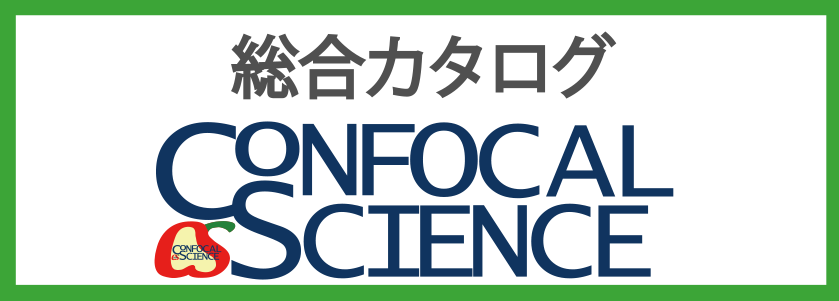Counter-diffusion method
Principle of counter-diffusion method
The counter-diffusion method is a crystallization method in which the protein sample and the crystallization reagent are mutually diffused in the capillary. Protein molecules diffuse from the inside to the outside of the capillary, and crystallization reagent molecules diffuse from the outside to the inside of the capillary, forming a concentration gradient within the capillary. A wide range of concentration conditions is realized in the capillary over time, and crystal growth starts when the crystal growth conditions are realized. Therefore, by setting the concentration of the crystallization reagent in the external solution high, it is possible to easily search for a wide range of crystallization conditions. In other words, with the counter-diffusion method, you are screening an infinite number of crystallization conditions in a single capillary.
1) Garcia-Ruiz, J.M., Moreno, A.: Acta Cryst., D50, 484-490(1994)
2) McPherson A., Crystallization of Biological Macromolecules, Cold Spring Harbor Lab. Press (1999)

